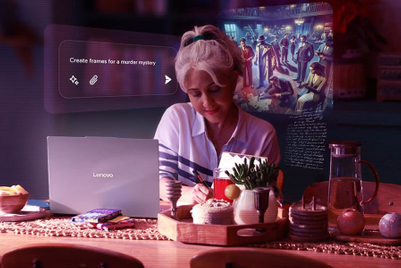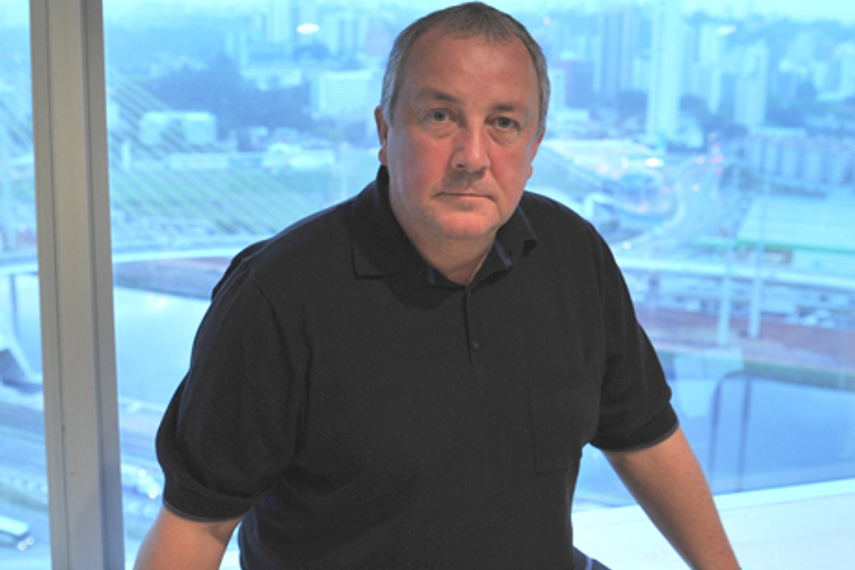
Though visibly tired, after an intensive Internal Product Committee meeting where all this year’s work of Leo Burnett India passed through his hands, and sleep-deprived being in between different time zones, Tutssel was brimming with excitement about the level of creative work being developed by 96 odd Leo Burnett offices he is the creative leader of.
What are the global advertising trends that excite you as a creative person?
The development that thrills me the most is the incredible advancement in technology that is changing the communication landscape at rapid velocity. It has created an open canvas for creative people to paint on. Real people live their lives in real time and have the ability to connect with each other in a nano-second. This requires brands to become proactive, pre-emptive and reactive, all at once. While connecting two people has never been easier, connecting with people has become increasingly tough. We no longer have a captive audience that will be forced to consume everything we churn out. They seek the best, fast and thus, we have to work doubly hard to get noticed. Also, the introduction of Creative Effectiveness awards at Cannes this year has put a laser sharp lens on creativity in business. Offering insight into which of last year's creative winners actually worked in the marketplace, the awards have made creativity accountable to clients.
With technology at the centre, will creativity move to the sidelines ?
It is due to the fast paced technology that creativity will reign supreme. Technology has given people an absolute control and we no longer have the divine right over people’s time. We intrude into their time and thus, need to give them a brilliant reason to allow us to do so. We will have to earn our stripes and path breaking creativity is the only way to go forward. With each bit of information about any product available at the touch of a button, it is time to move away from proposition driven communication to a clear, concise and purpose driven communication that creates actual value in people’s lives.
The campaign that won us the Grand Prix this year at Cannes was for Scope, a charity for disabled people in Australia. Instead of creating a tear jerking, black & white clichéd campaign, Leo Burnett Melbourne chose local Melbourne band Rudely Interrupted, in which five of the six members live with physical and intellectual disability, to become a living, breathing demonstration of the brand mantra, “See the person, not the disability.” The musicians became the message and the agency acted as their promoter, produced a music video and toured all of Australia to share their amazing talent with the nation. Every download of the video raised five dollar for Scope. This is advertising in real time.
Once such advertising manages to hit the right chord, people will spread it like wild fire.
Where does India stand amongst the 96 offices that you head as a creative leader ?
Every office of Leo Burnett is as important to me as the next one. The strength of an international network is that the brand can tap into the best of resources without any geographical borders. That said, Leo Burnett’s India office is producing some incredible, future facing work under the aegis of Pops (K V Sridhar). He, along with his team of excellent storytellers, has his hand on the pulse of the people of India.
A few months ago, Leo Burnett Mumbai designed a Gandhi-font campaign for the people of India which was a creation of new visual language that allows people to express themselves in a progressive way, yet keeping in mind the Gandhian spirit. It is one of the finest examples of Work I have seen in last ten years. When I presented it at Cannes this year as a part of my presentation on “New languages of 21st century”, the response was equivalent to the Cannes Grand Prix in Film. People, overwhelmed and emotionally engaged with the campaign, were standing up in rapturous applause.
The concept of Coke Studio, Coca Cola’s music property where artistes from all over the country jam together regardless of the region and genre, ‘Opens Happiness’ in the consumers’ lives effortlessly and beautifully. Similarly, the integration of Thums Up in the reality show “Khatron ke Khiladi” where each challenge required the contestant to find the bottle itself is a fine example of how a brand can be integrated into the heart beat of the show.
These campaigns are just some examples of Leo Burnett’s one purpose, one approach to life philosophy that drives business by adding value to people’s lives.
Digital is still a scary word in India and mostly involves gimmicks. Will it ever change ?
Yes it will. It is just a matter of time. A lot of it has to do with clients who are still looking for short term gains. And since the best ROI still comes from TV and print and in effect contributes to the short term success of the company, digital becomes just an add-on. But with the emergence of technology savvy marketers, experimentation side of advertising is being revved up. Once the agencies realize that what drives and fields campaigns are ideas and not mediums, digital will stop becoming scary.
W+K’s Old Spice campaign that won this year’s Cyber Grand Prix at Cannes started life as a TV commercial but then the consumers drove and spread the campaign over many online screens, thus, resurrecting a dying brand. When we have ideas that are truly brilliant, people will search them out and share them.
Indian agencies have the capability to produce work like this and once they do, they will not play catch up but create something unique. The long format communication for Sony Entertainment and Thumbs Up are examples of this.
Is this how agencies also crack the puzzle of ad integration ?
Integration essentially means brilliant ideas that can build upon themselves and weave into the web of popular culture through each channel. So that whenever a consumer comes in contact with it in any medium, he should feel awarded.
This should not be confused with mixed media which is like Louis Vuitton’s matching luggage. Different sizes but all look the same. Integration, on the other hand, may have the same starting point, personality and purpose but will use each channel in the most powerful and different way. In order to create excitement around the launch of a new game by PlayStation 3 featuring superheroes, Leo Burnett Iberia built a real tailor shop in the center of Madrid, only steps away from comic book shops and game-centers, bringing the best part of superhero-dom to life. Posters, postcards, videos and direct marketing materials were used to bring comic book fans to sastreriamrlee.com where they could book to have the tailor to the superheroes and villains design and fit their own handcrafted custom suit. An example of integrated communication at its best.


.jpg&h=334&w=500&q=100&v=20250320&c=1)
.jpg&h=334&w=500&q=100&v=20250320&c=1)


.jpg&h=334&w=500&q=100&v=20250320&c=1)


.jpg&h=334&w=500&q=100&v=20250320&c=1)

.jpg&h=334&w=500&q=100&v=20250320&c=1)
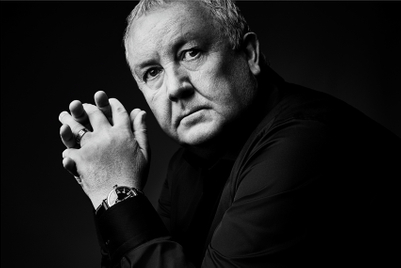
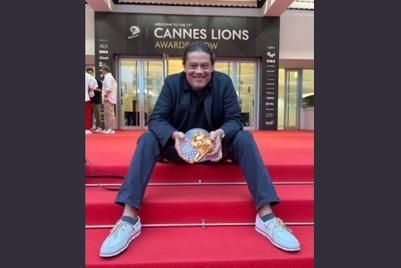

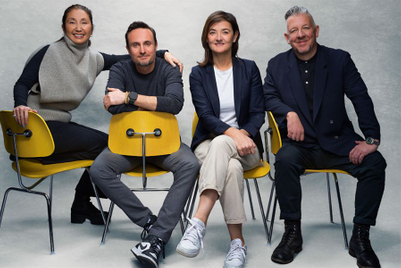
.jpg&h=268&w=401&q=100&v=20250320&c=1)

.jpg&h=268&w=401&q=100&v=20250320&c=1)
